He Ara Poutama Mō te reo Māori
He Ara Poutama mō te reo Māori is a microsimulation model of te reo Māori fluency and usage in Aotearoa that can support planning, investment, and decision-making in te reo Māori revitalisation. He Ara Poutama mō te Reo Māori focuses on how the population flows through different life stages and events, and the impact of these on uptake of and fluency in te reo Māori. It is the first model of its kind in the world due to the individual statistical data collection of Aotearoa.
The way this microsimulation model works is by looking at a person’s traits (which include their whānau and communities) and using information about how other people with the same or similar traits have changed their ability to speak te reo Māori.
The summary report is divided into four sections; the current number of fluent and conversational speakers, proportion of Māori language speakers by local area, impacts of acquiring te reo Māori and a pathway forward.
He Ara Poutama mō te reo Māori allows us to understand more about who the speakers of te reo Māori are – how old they are, if they are Māori and where they live. The tool currently has three levers that can be pulled and manoeuvred to create projections for conversational and fluent Māori language speakers. The three levers of the tool are tamariki Māori in Māori medium education, whānau involvement in community immersion initiatives and tamariki learning te reo Māori in mainstream education.
The main outcomes that are highlighted throughout the report are:
- It takes a generation to see measurable change of the number of Māori language speakers.
- By measuring the density of speakers at a community level, which is around 1,000 people, the tool can show that te reo Māori is local.
- Traits of individuals and access to resources will drive and support them to learn te reo Māori.
- The most influential driver for rangatahi Māori to become conversational speakers is having a Māori language speaker in their household.
The project was commissioned by Te Whare o te Reo Mauriora (Te Mātāwai, Te Taura Whiri i te Reo Māori, and the Ministry of Education). The model was built by a collaborative working group from Nicholson Consulting and Kōtātā Insight.
Publishing date: October 2021
Prepared by Nicholson Consulting
